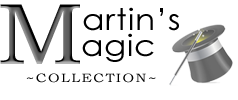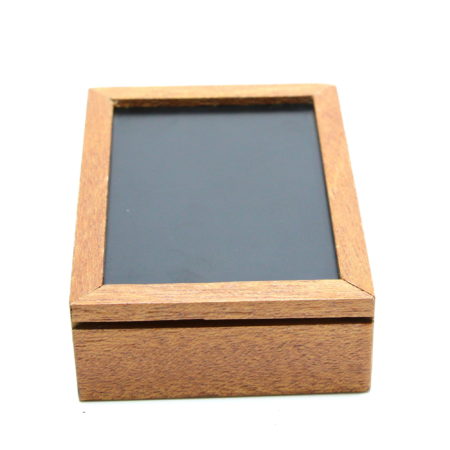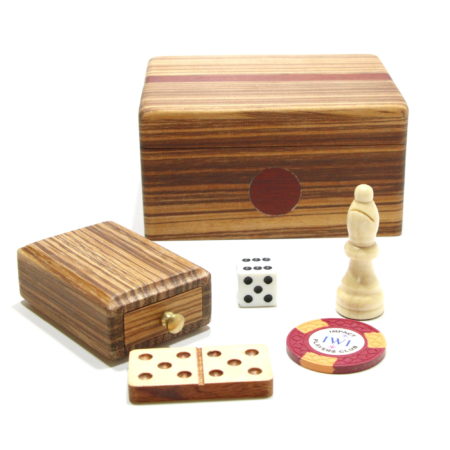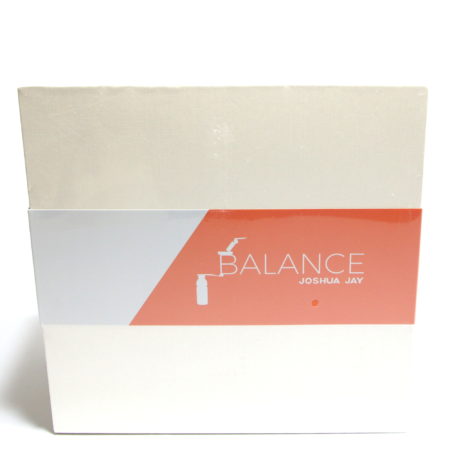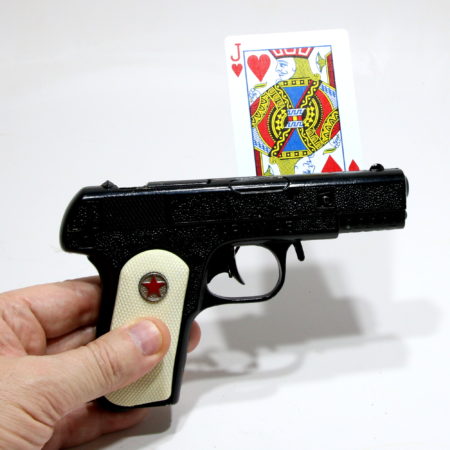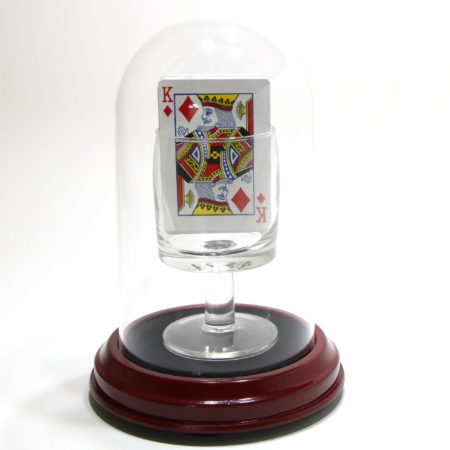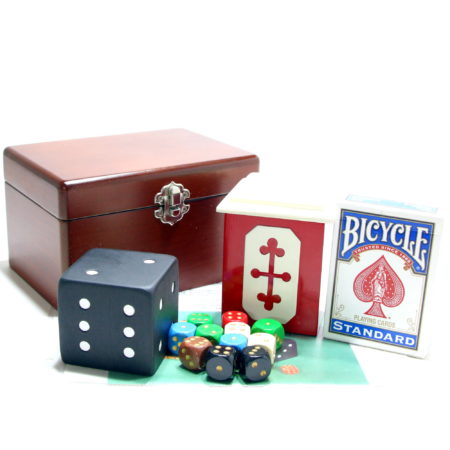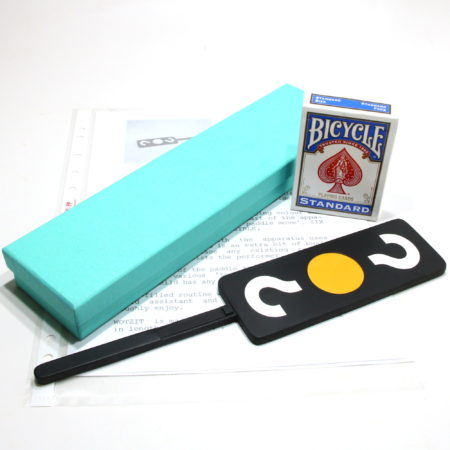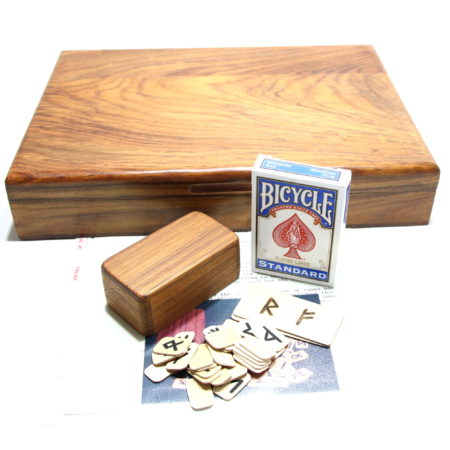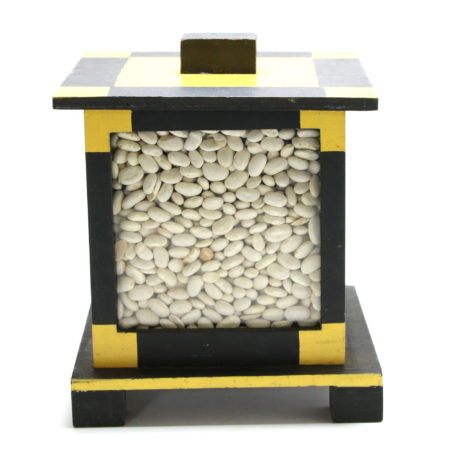
This is Ed Massey’s beautiful and original creation Buried Treasure c. 1957. In 1964 (the same year that Ed Massed passed away) another effect with a slightly refined method, but same basic principle also called Buried Treasure was created by Arturo (Glenn Babbs) and marketed by U.F. Grant and Abbott’s.
As far as I could tell there was no mention of Ed Massey as the original creator. If you look at both effects the main change is that Arturo added two extra nested boxes and a fixed gimmick but there is no doubt the effect is the same (a marked coin is found embedded deep in rice or beans) and the method is very similar too. That being said the effect looks better in Arturo’s version and his method is probably easier to perform but it would be at least nice to credit the creator of the original idea. Without Ed Massey’s version being released seven years earlier it is unlikely Arturo could have “invented” his version.
Arturo’s version has become the more popular version with builders like Mel Babcock and Louis Gaynor creating beautiful versions along with other versions, and so most people credit this effect to Arturo. But the original effect that began it all by the great Ed Massey is still a wonderful surprising effect and a real fooler.
Click here for more information.
